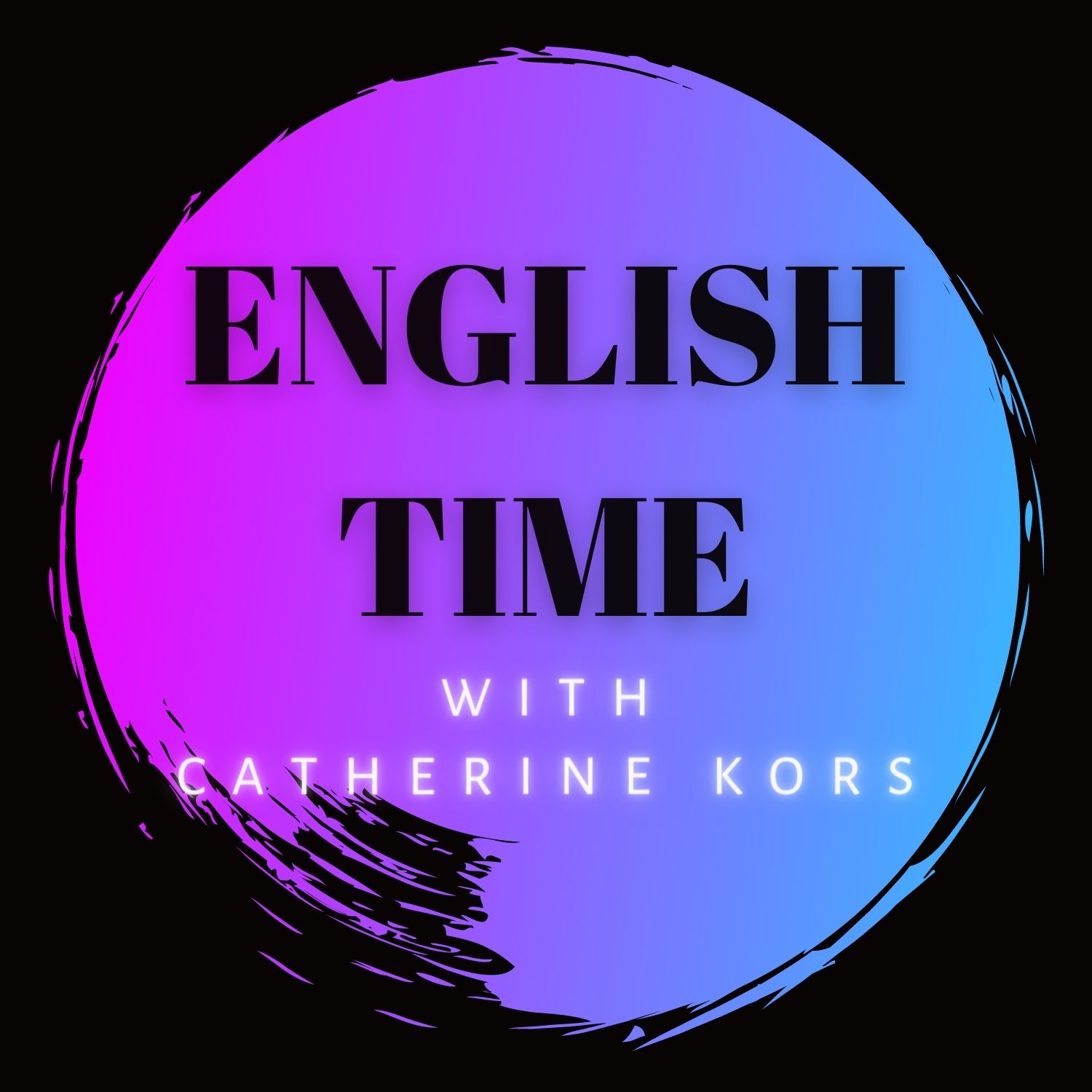Dies suggest that AP-1 plays a critical role in the regulation of COX-2 expression in the development of inflammatory responses. Our data showed that ET-1-induced COX-2 gene expression and PGE2 release were significantly abolished by an AP-1 inhibitor tanshinone IIA (TSIIA) [43] (Figure 4A, B, and E) or c-Jun (a AP-1 subunit) siRNA (Figure 4D and E), suggesting that c-Jun/AP-1 is involved in ET-1-induced COX-2 expression in bEnd.3 cells. Moreover, ET-1stimulated c-Jun phosphorylation (Figure 4C) and AP-1Luc transcriptional activity (Figure 6A) were significantly inhibited by TSIIA and three MAPK inhibitors U0126 (MEK1/2), SB202190 (p38 MAPK), or SP600125 (JNK1/2) (Figures 4C, 5E, 6A, and 6B). Here, we found the inhibitory effect of TSIIA on ET-1-stimulated c-Jun phosphorylation in bEnd.3 cells, which is consistent with PubMed ID:https://www.ncbi.nlm.nih.gov/pubmed/12958591 our recent study in brain astrocytes [56]. Our data further showed that these ET-1-stimulated responses were significantly blocked by PP1, AG1478, and LY294002 in these cells (Figures 5E, 6B, and 6D). These findings suggested that ET-1-induced COX-2 expression and PGE2 release are mediated through an AP-1-dependent mechanism via c-Src-dependent transactivation of EGFR, PI3K/Akt, and MAPK cascades. These findings are consistent with recent studies indicating that COX-2 expression induced by phorbol ester (TPA) was mediated by JNK1/5-dione 2 and AP-1 activation in human breast epithelial cell line (MCF-10A) [57] and COX-2 expression induced by EV-71 via p42/p44 MAPK linking to AP-1 activation in rat brain astrocytes [58]. The involvement of AP-1 in ET-1-induced COX-2 expression is also consistent with previous a report indicating that ET-1-stimulated activation of AP-1 regulates expression of other target genes involved in various CNS inflammatory processes [20].Conclusions PubMed ID:https://www.ncbi.nlm.nih.gov/pubmed/13485127 In this study, we demonstrated that the ET-1/ET receptor system exerts its inducing effects on COX-2 gene expression and PGE2 release in mouse cultured brain endothelial (bEnd.3) cells. The Gi and Gq proteincoupled ETB receptor, c-Src-dependent transactivation of EGFR, PI3K/Akt, ERK1/2, p38 MAPK, JNK1/2, and c-Jun/AP-1 cascades cooperatively mediated these effects of ET-1. Based on the observations from the literature and our findings, Figure 7B depicts a model for the signaling mechanisms implicated in ET-1-induced COX-2 tert-Butyl (7-bromoheptyl)carbamate gene expression in mouse-cultured bEnd.3 cells. These findings concerning ET-1-induced COX-2 expression and PGE2 generation imply that ET-1 might play a critical role in brain injury, vascular inflammation, and CNS disorders, mediated by c-Src-dependent transactivation of EGFR linking to MAPKs/AP-1 pathways in brain microvascular endothelial cells. Pharmacological approaches suggest that targeting COX-2 and its upstream signaling components may provide useful therapeutic strategies for brain injury and inflammatory diseases.Competing 3-(2,4-Dichlorophenoxy)azetidine interests The authors declare that they have no competing interests. Acknowledgements This work was supported by the National Science Council, Taiwan, grant nos.: NSC98-2321-B-182-004 and NSC99-2321-B-182-003, NSC98-2314-B-182-021MY3, and NSC98-2320-B-255-001-MY3; Chang Gung Medical Research Foundation, grant nos.: CMRPG391032, CMRPG381522, CMRPD170493, CMRPD180372, and CMRPF170023 and CMRPF1A0061; the Ministry of Education, Taiwan; grant nos.: EMRPD1A0831, EMRPD1B0311, EMRPD1A0841, and EMRPD1B0321.Hsieh et al. Journal of Neuroinflammation 2012, 9:152 http://www.jneuroinflammation.com/content/9/1/Page 14 ofAuthor d.

Close